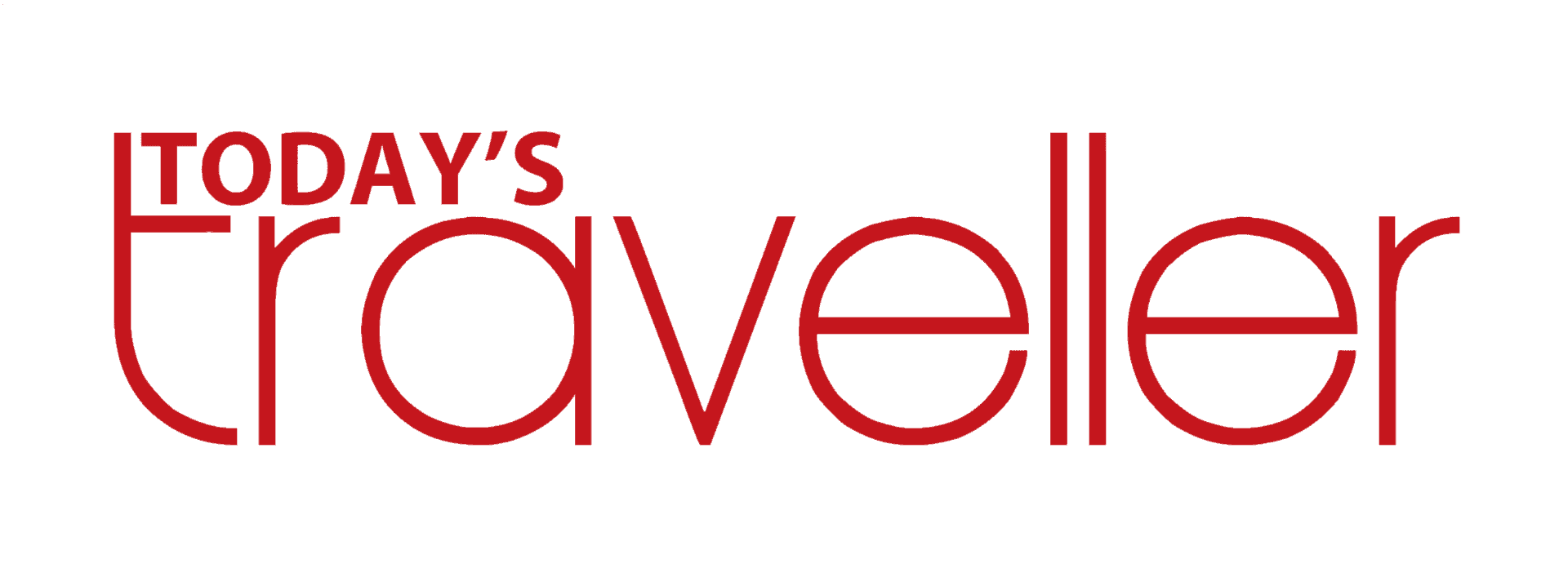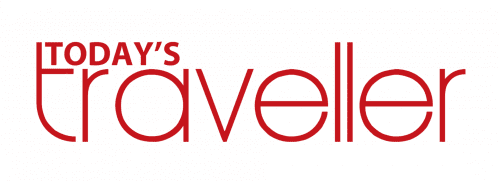Traditional skills and folk ceremonies define the 35th edition of Inner Mongolia’s Naadam Festival

The 35th Grassland Naadam Festival unfolded this week across the open plains of Xilingol in Inner Mongolia, bringing together traditional sport, music, and cultural rituals at one of the region’s most significant annual gatherings.
The Naadam festival opened with a large-scale procession featuring 1,200 horsemen bearing the national flag and 512 Mongolian wrestlers, signalling the start of three days of competition and celebration.
Traditional dances, folk songs, and the sound of the morin khuur (horsehead fiddle) accompanied the event, transforming the steppe into a vast open-air stage.
Naadam means “games” or “recreation” in Mongolian featuring three core disciplines: wrestling, naadam festival horse race, and archery. These sports, once vital to the lives of nomadic communities, remain central to the celebration and continue to draw large crowds.
Wu Enqi, deputy director of the Culture, Sports, Tourism, Radio, and Television Bureau of East Ujimqin Banner, explained the significance of the featured events: “Mongolian wrestling, horsemanship, and archery were essential skills for ancient Mongolian men to master during their upbringing. These skills once vital for survival on the battlefield have become fixed events at the Naadam Fair in the era of peace, which are still liked by many people to this day.”
Visitors also reflected on the experience. Lei Jie, who travelled from Suzhou, shared: “Every moment in Xilingol felt magical, but nothing matched the visual impact when masculine Inner Mongolian wrestlers stepped into the arena at the Naadam Fair.”
The wrestling contest, known as bökh, holds particular cultural meaning.
The word bökh signifies sturdiness, solidarity, and persistence. Winning wrestlers wear a Jiangga, a colourful silk neckpiece with strands that mark each victory. The higher the number of strands, the greater the record of triumphs.

According to cultural researcher Sun Haitao, the event plays a broader role beyond sport: “Naadam holds a significant and far-reaching influence in the hearts of the people across the grassland, akin to the ‘Olympics’. In recent years, Naadam has been enriching its content with the development of the times, evolving from undiversified festive activities into a comprehensive cultural tourism IP that integrates cultural experiences, sports competitions, and industrial development, constantly infusing Naadam with new vitality.”

This year’s festival included 18 themed zones, combining traditional performances and contests with cultural exhibitions and modern leisure activities. Alongside the “Three Manly Skills,” visitors encountered intangible heritage showcases, folk photography opportunities, and family-focused outdoor experiences such as horseback riding and camping.
The fair’s organisers aimed to present both historic continuity and present-day relevance through interaction and participation, positioning Naadam as a living expression of Mongolian cultural identity.
Read more – Latest



